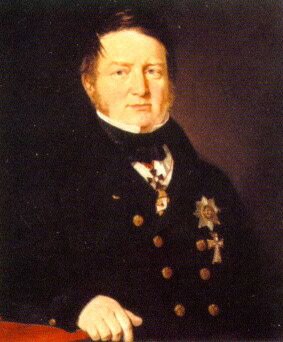 You’ve heard of political dynasties? How about astronomy dynasties? Well, you probably haven’t heard about the Struve family. They are quite famous for having astronomers in the family, having extended the study of science up to four generations. Here are a few names that are related to our star astronomer: Otto Struve, Ludwig Struve and Hermann Struve, and of course, Friedrich Georg Wilhelm von Struve! He holds the expertise of double stars under his belt.
You’ve heard of political dynasties? How about astronomy dynasties? Well, you probably haven’t heard about the Struve family. They are quite famous for having astronomers in the family, having extended the study of science up to four generations. Here are a few names that are related to our star astronomer: Otto Struve, Ludwig Struve and Hermann Struve, and of course, Friedrich Georg Wilhelm von Struve! He holds the expertise of double stars under his belt.
When Friedrich Georg was 15, he had escaped to Dorpat, now known as Tartu, to flee from enlistment from the army. Though he was a teenager, he was not there to have fun, because two years later, he graduated from the University of Dorpat. Seven years later, taking his education more than seriously, he ended up as a director of that same university he graduated from! He probably has been observing and studying all his life, but it took him another five years, on 1822, that he published his first work and of course, it is all about double stars!
Double stars, for trivia’s sake, are not just two stars that look like they’re beside each other. It can also be explained as two stars having a gravitational bond with each other. Sounds like familial perspective, right? The catalogues are still referenced for their numbers to this day. By 1827, he made sure that he was the best guy to have done all the research regarding double stars. No other astronomer could measure up to his efforts. Really, it was no surprise when stars were named in his honor.
By 1833, eleven years later, Friedrich knew he had to go to Russia and spread the love for astronomy (or conceive more children, he had a total of 18!), and help build up the Pulkovo Observatory. Clearly, this man was not just a devout father, but most of all, he was a really dedicated astronomer (and to add to that, he is also interested in geodesy, which is focused on the sciences of the earth). He had stayed there until 1862, his retirement.
